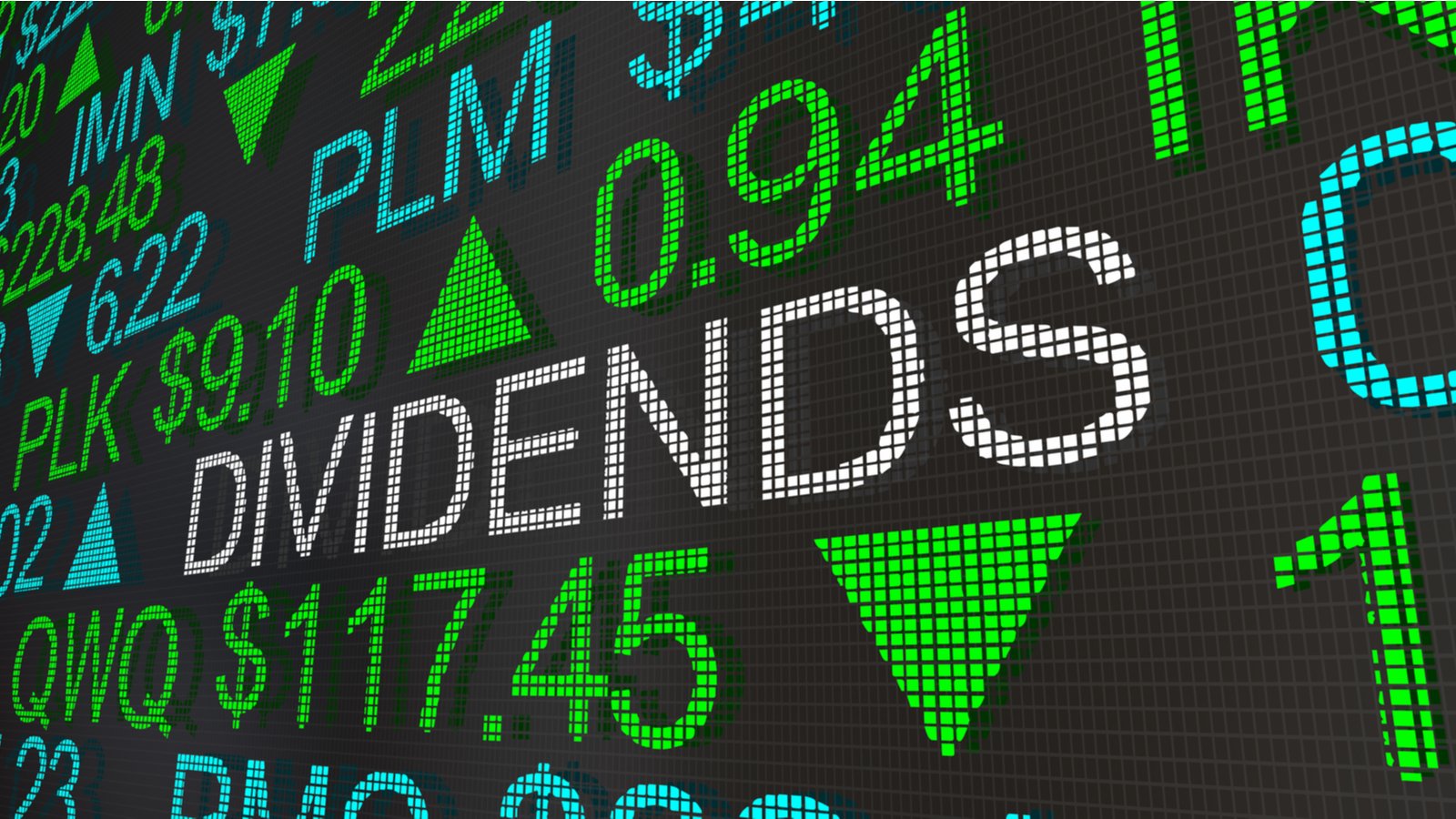- Buy these dividend stocks in July to beat incoming demand.
- Colgate Palmolive (CL): The company known for personal care exudes stability, especially in tough times.
- Coca-Cola (KO): The defensive stalwart will soon have alcohol sales to boost its already significant strengths.
- Kinder Morgan (KMI): A high-yielding dividend makes KMI stock very attractive.
- Altria (MO): Altria marries sin and strong yields, both of which play well currently.
- AbbVie (ABBV): Huge upside and a stacked pipeline underpin ABBV.
- NRG Energy (NRG): Houston utility could raise already strong dividends.
- Lowe’s (LOW): Lowe’s is nearing a bottom based on P/E ratio.
There’s no doubt about it, investors are going to increasingly move toward safety. For stock market investors that means dividend stocks will become increasingly attractive. With the Fed’s 75 basis point interest rate hike, those investors are going to be taking a more defensive position. Dividends provide a cushion against losses, which is a point investors will be hyperfocused upon.
2022 has been a difficult year in the markets, which themselves are a reflection of the broader economy. Unfortunately, the recent 75 basis point rate hike is likely to exacerbate this year’s troubles. The word recession will be thrown about much more freely as the market digests the higher-than-expected rate hike, which only weeks ago seemed much less likely. The upside, though, is that dividend stocks will perform better than the broader market.
That means investors who move now stand the best chance of beating demand that should raise dividend stock prices.
| CL | Colgate Palmolive | $79.66 |
| KO | Coca-Cola | $62.73 |
| KMI | Kinder Morgan | $16.92 |
| MO | Altria | $41.75 |
| ABBV | AbbVie’s | $154.04 |
| NRG | NRG Energy | $37.82 |
| LOW | Lowe’s | $176.1 |
Colgate Palmolive (CL)
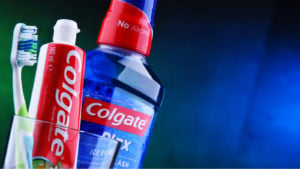
Stability is one of the primary reasons investors consider Colgate Palmolive (NYSE:CL) stock in any economic environment. It simply has the stats to back up the notion that it is a stable equity. One prime example: Its dividend hasn’t been reduced since 1964. Further, that dividend yields a respectable 2.5% and in real-world terms equates to 46.99 cents for each share owned.
Those factors alone are likely to pique investor interest in July as inflation figures and future Fed rate hikes will drive fear higher. In short, safety is coming back around and the markets will continue to risk-off.
And Colgate Palmolive stock projects safety and reliability in volatile times. It carries a 5-year beta of 0.55, meaning it is much less likely to move downward and when it does, that move won’t be as pronounced or as fast.
Coca-Cola (KO)

Investors are going to move into Coca-Cola (NYSE:KO) stock this month and next for a number of reasons. Its dividend policy is certainly one of those reasons, having last been reduced in 1964.
In short, it’s dependable and isn’t going anywhere. It yields nearly 3%, which is relatively high, and there’s no chance management will allow that dividend to be anything but strong, especially in the coming months.
Further, KO stock has proven itself a strong performer in an otherwise difficult 2022. While the S&P 500 is off by 23% year-to-date, Coca-Cola remains slightly up. That’s a testament to its ability to avoid broad downturns and defines it as a defensive stock. Investors who need any more persuading should consider its 5-year beta of 0.59.
The company will also soon begin marketing a canned version of the popular Jack and Coke alcoholic drink. That could produce a substantial revenue stream as alcohol consumption tends to rise in lean economic times.
Kinder Morgan (KMI)
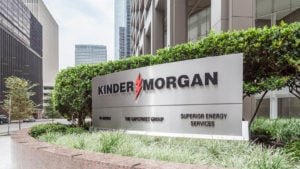
An investment in Kinder Morgan (NYSE:KMI) stock is a bet on an increase in the volume of energy transport in the U.S. The company operates 83,000 miles of pipeline throughout North America and 141 terminals that handle oil, gas, renewable fuels, and vegetable oils.
Betting on that increase entitles shareholders to a very strong dividend yielding 6.6%. So, while investors will need to tolerate the highs and lows associated with energy investing, Kinder Morgan rewards such patience. In fact, management is clearly focused on rewarding shareholders through its dividend policy. The company has increased its annual dividend for the past 5 years and most recently by 3% in Q1.
Investors should consider Kinder Morgan while it is under $18 as its price target and dividend suggest strong returns at that price.
Altria (MO)
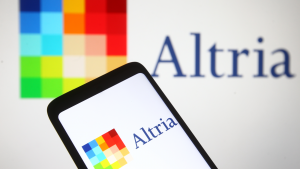
Dividend investors love Altria (NYSE:MO) stock because it yields a sky-high 8.02%. Investors seeking market catalysts should soon love it too because Altria is a sin stock, and sin is in.
A recent article in the Wall Street Journal chastised Altria as a weaker player among tobacco stocks for its more heavily cigarette dominant product mix. It lauded Phillip Morris (NYSE:PM) for its smokeless tobacco-heavy product mix, arguing that Altria could fall behind if competitors’ innovation outpaces Altria’s.
But here’s a counter argument to that notion: The worse the economy gets, the more attractive cigarettes become. Yes, rising gasoline prices pressure cigarette sales volumes. But cigarette sales look to be in position to rise in the near future and that likely means Altria will benefit from turmoil hitting the economy in the coming months. Couple it with a massive dividend, and MO stock looks very attractive currently.
AbbVie (ABBV)
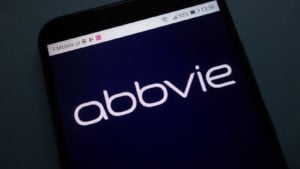
Let’s start by discussing AbbVie’s (NYSE:ABBV) dividend as a reason to invest in the stock soon. It is attractive, yielding 4.11%. And it’s dependable, having last been reduced in 2013.
Beyond that, its market performance in a difficult 2022 has been strong. ABBV remains slightly up year-to-date while the broader market continues to slide. That alone makes it worthy of consideration as investors will continue their move toward safety.
AbbVie’s target price of $165.20 implies a nearly 21% upside at current prices. In a market where investors are happy to remain even ABBV stock looks good. Factor in AbbVie’s quarterly dividend of $1.41 and that total upside rises to approach 25%.
Consider also that AbbVie’s Humira will likely become the best-selling drug ever by 2024 and it all adds up to make ABBV stock one to buy.
NRG Energy (NRG)

Buy NRG Energy (NYSE:NRG) stock, not because the Houston-based utility company’s dividend that yields 3.75% is massive. Rather, buy it because the company possesses both upside and the ability to drastically increase its dividend.
Yes, NRG stock has roughly 21% upside based on the target price. That’s always nice to be sure. But the company also has a payout ratio of 0.08. That means it hardly pays anything from earnings to satisfy its dividend payment. But it certainly could and the company has a recent pattern of significantly outpacing earnings expectations.
The firm was expected to report a 60-cent EPS in the most recent quarter. However, EPS reached $7.17, wildly exceeding expectations. Two quarters earlier the company posted EPS figures of $6.60 whereas $1.86 was anticipated. It did have an earnings miss in between those two quarters which may leave the company hesitant to up the dividend. But even if it doesn’t, the upside remains and the dividend is relatively strong.
Lowe’s (LOW)
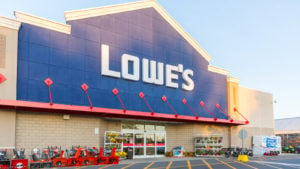
The current bull thesis underpinning Lowe’s (NYSE:LOW) stock relies on the notion that it is near some sort of bottom. Bottoms are notoriously difficult to call, and future interest rate hikes complicate the situation, but Lowe’s looks reasonably strong moving forward.
When the company released earnings a month ago an EPS beat simply wasn’t enough positive news. Prices fell anyway. Maybe rising interest rates will result in a slowdown of home improvements and new home starts.
But even if they do, LOW stock’s P/E ratio of 14 looks good. Combine that with a growing dividend and Lowe’s makes sense despite broader complications.
On the date of publication, Alex Sirois did not have (either directly or indirectly) any positions in the securities mentioned in this article. The opinions expressed in this article are those of the writer, subject to the InvestorPlace.com Publishing Guidelines.
